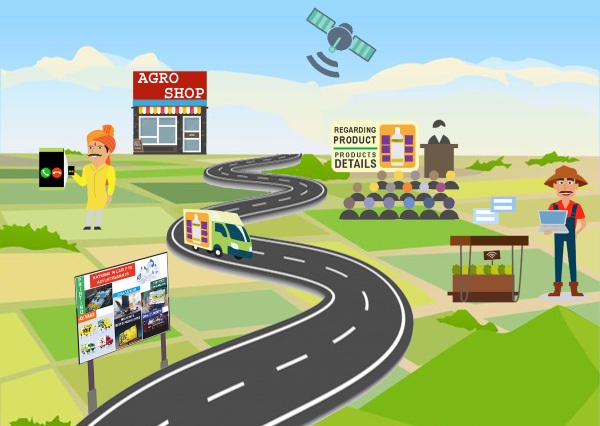Industrial and Service Sector in Rural India:
Nearly 100 years ago Dr. B.R. Ambedkar wrote, “In short, strange as it may seem, industrialisation of India is the soundest remedy for the agricultural problems of India.” The rural economy is growing not just because of farming. In a paper written for the NITI Aayog by Ramesh Chand, S. K. Srivastava and Jaspal Singh, there is indication of the structural transformation of the rural economy. More than half of the industrial production comes from rural India. Rural construction also accounts for nearly half of the total building activity in the country. The value of rural services is about a quarter of the total services output. This development of the industry and service sector across the country has led to the development of the middle classes in rural areas. Rural middle classes are now fuelling the economy of India.






